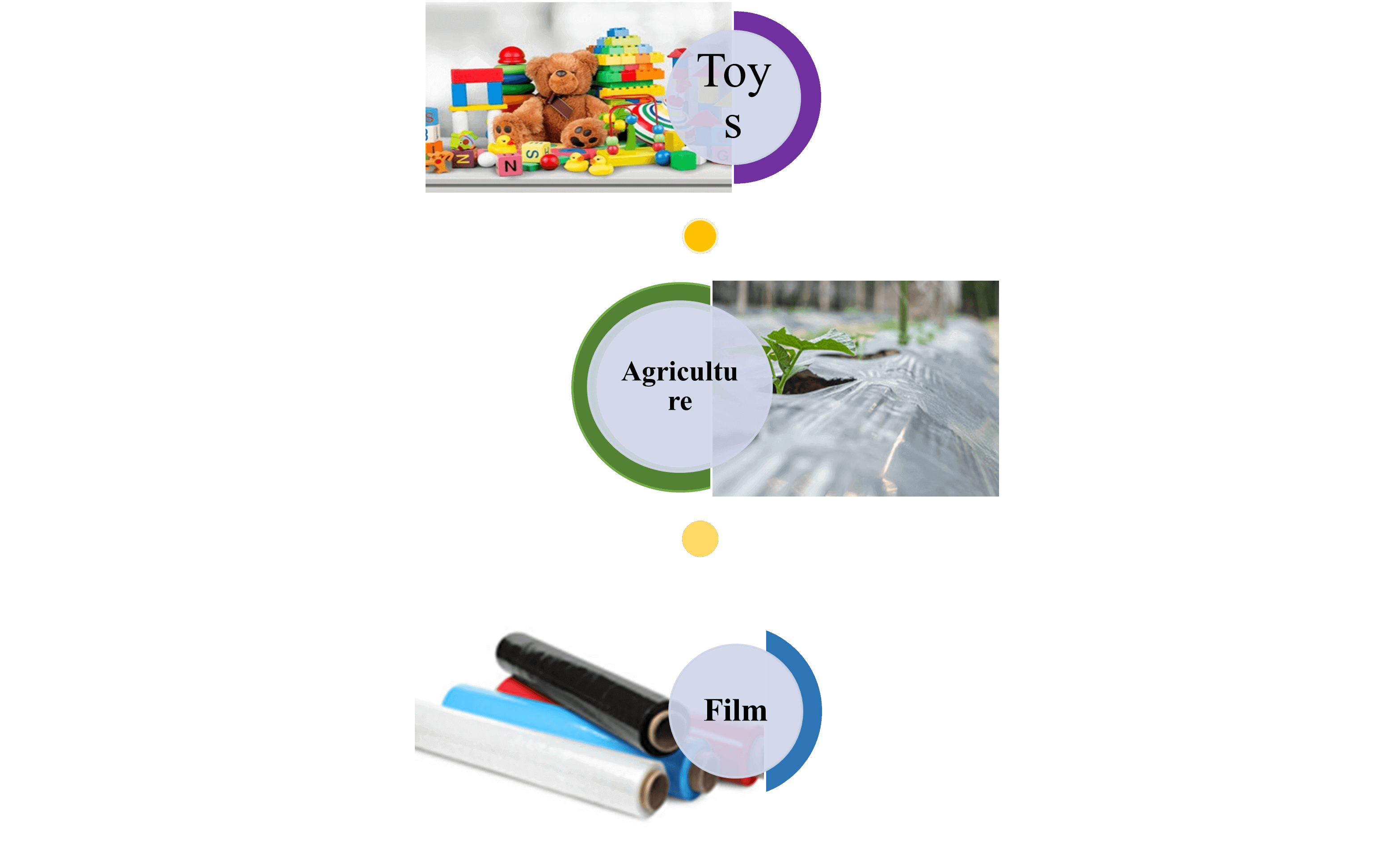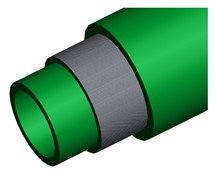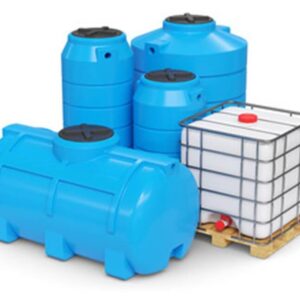Combining low-cost mineral fillers in a polyolefin compound is a well-known way of displacing resin in a product, thus reducing overall material costs, especially during periods of high resin prices. Calcium carbonate is a common choice for this kind of low-cost extender role for various products in which engineering properties are a secondary concern.
Advantages used CaCO3
PE filled with CaCO3 compounds improves :
- Processability
- Mechanical Properties
- Dimensional stability
- Print quality in Product
- In injection molding, warpage from differential shrinkage can become a problem when a molder uses certain pigments, such as blue and green phthalocyanine organic pigments. Fillers such as talc and calcium carbonate can help control warpage, as can nucleating agents for PE and PP, which raise crystallization temperature and encourage isotropic shrinkage. On the other hand, A common, inexpensive, and low refractive index filler such as calcium carbonate, for example, can affect the shade of a pigmented article. Generally, high levels of these mineral fillers dull the brightness of colors or prevent deep dark colors from being possible
- In PE film, calcium carbonate, for example, can provide the low blocking force of talc and DE, but only when loaded at two to three times their concentration (or higher), reducing clarity of the film and increasing its density. In judging the suitability of a common filler such as CaCO3 as an antiblock in polyolefin film applications, researchers have noted complicated relationships between the mineral and polyolefin type. In a study by Heritage Plastics, for example, LLDPE with 5%, 1-micron size calcium carbonate showed blocking forces near those of talc and DE. CaCO3 also raised the surface energy of the LLDPE, making it more suitable for printing. Higher levels of calcium carbonate, as high as 20%, reduced friction and blocking force even more for tacky metallocene-catalyzed PE. But in high molecular weight HDPE bags, calcium carbonate tended to increase CoF (though this can actually be an advantage in situations where the bags are stacked and must not slide over each other.
Application PE/CaCO3

DanPolymer’s PE/CaCO3 Compound
| Product | Description | TDS |
| Dan-PE-10C | PE reinforced with 10% CaCO3 | |
| Dan-PE-20C | PE reinforced with 20% CaCO3 | |
| Dan-PE-30C | PE reinforced with 30% CaCO3 | |
| Dan-PE-40C | PE reinforced with 40% CaCO3 | |
| Dan-PE-50C | PE reinforced with 50% CaCO3 |
Buy PE/CaCO3 compound
If you would like to buy PE/CaCO3 compound or receive more technical information, contact the sales department.





